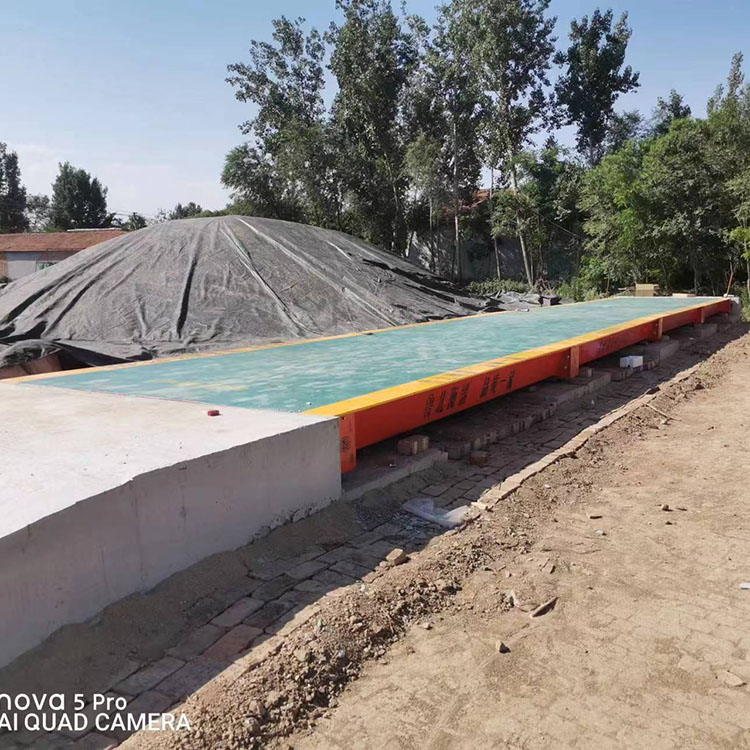Analysis and troubleshooting methods for electronic weighing scale faults:
1. Unstable power supply voltage.
The input voltage range of electronic weighing instruments is (187-242) V. Some users do not add a regulated power supply, which exceeds the normal operating voltage range of the instrument and causes digital jumping phenomenon. Therefore, it is necessary to configure a regulated power supply.
2. The junction box is poorly sealed and the humidity inside the box is too high.
Open the junction box and observe for any water droplets or moisture. The fault can be resolved by drying it in the air or using a hair dryer. Replace the junction box if necessary.
3. The main line is damaged.
Some scales have a large distance between the body and the instrument, and there are exposed parts of the main line between them, which may be artificially damaged or bitten by mice. The metal shielding may lose its function or the connection may not be secure, causing digital jumps. Measure the resistance range of the main line with a multimeter to ensure that each strand is a separate channel and the connection is secure, otherwise replace the main line.
4. The circuit board inside the junction box is damaged.
The circuit board inside the junction box is composed of a terminal box and several sets of multi turn resistors. Long term use of wiring terminals can cause oxidation and corrosion, resulting in the detachment of oxidized and corroded parts at the joints, causing loose pressure lines and causing instrument digital jumps. At this point, the contact surface can be rubbed off with sandpaper or file, reconnected firmly, and the fault can be eliminated. Long term use of multi turn resistors can also cause oxidation of the internal metal surface, resulting in unstable and fluctuating numbers. In this case, replacing the multi turn resistor with the same resistance value can solve the problem.
5. Oxidation of plugs or sockets.
Long term use of instruments and main line plugs or sockets may also cause oxidation, leading to unstable connection resistance. The method is to soak the plug or socket in 10% dilute hydrochloric acid for ten minutes, then dry it with a hair dryer or air dry it, or replace it (note: when replacing, the soldering iron should be as hot as possible, welded at once, and not used multiple times at the welding point to avoid oxidation of the solder).
6. Sensor damage and drift.
When the electronic weighing sensor is damaged or drifts, it can also cause unstable digital jumps. In general, one sensor drifts or is damaged. To determine which specific fault is present, the method of directly connecting to the main line can be used. Remove all sensor wiring one by one until only one is left, then connect each sensor one by one and observe whether the instrument display is normal to determine the damaged sensor. Replacing it will solve the problem.
7. Loose foundation.
During long-term use, the impact or overload of some vehicles may cause excessive force on the sensors, resulting in loose foundations and damage to the levelness between various sensors, leading to instrument digital jumps. In this situation, it is necessary to reinforce the foundation and find a good level.


